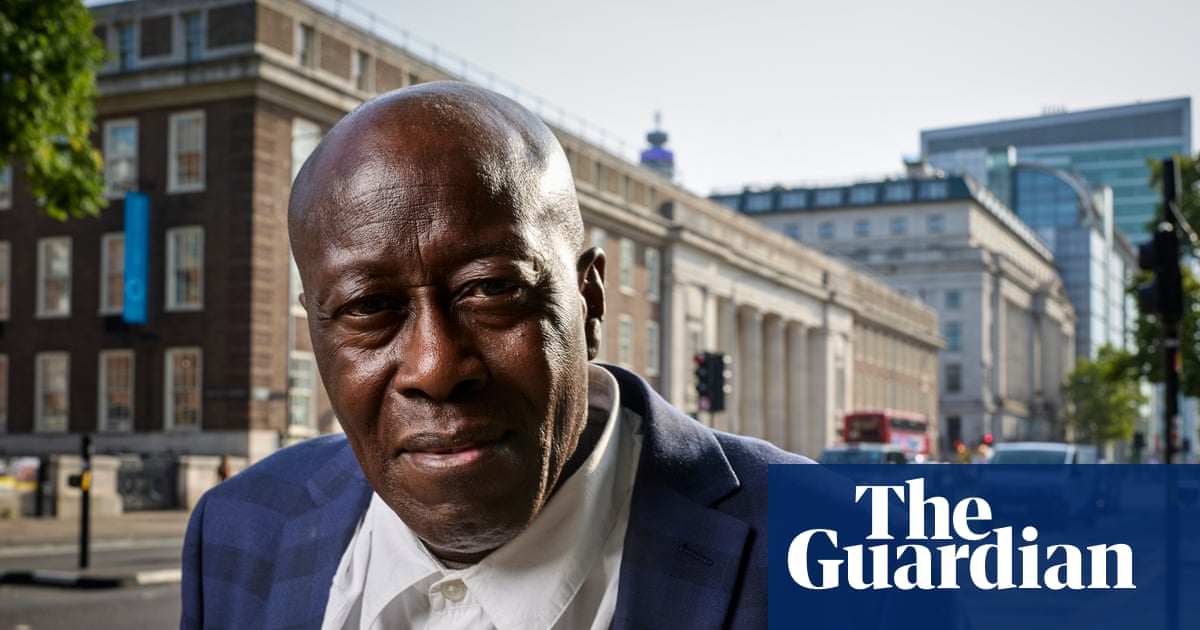
The Windrush Scandal: A Tale of Resilience and Hope
After 28 years of exile in Poland, George Lee, a victim of the infamous Windrush scandal, has finally returned to the UK. His story sheds light on the ongoing challenges faced by members of the Windrush generation and the systemic failures that have left many stranded abroad.
George Lee’s Journey Back to Britain
In 1961, George Lee moved from Jamaica to the UK as an eight-year-old to join his parents, who were contributing to Britain’s workforce. For decades, he made a life in London, working as a financial analyst, barber, and eventually a teacher. However, a decision to teach abroad in Poland set off an unfortunate chain of events. Misclassified as an immigration offender after overstaying his visa abroad for a short period, Lee was denied reentry and left stranded.
Despite numerous attempts to contact the UK Home Office for help since 2018, it wasn’t until Lee connected with Windrush campaigner Desmond Jaddoo that he was able to gather the necessary documentation to return. Stepping off the train at Euston Station earlier this month, Lee described feelings of overwhelming culture shock and a deep sense of dislocation in a city transformed during his nearly three-decade absence.
A Harsh New Reality in the UK
Now 72, George Lee is attempting to rebuild his life in the UK. Currently staying in a Birmingham hotel, he faces a myriad of challenges ranging from finding permanent housing to re-registering with a doctor and sorting out his pension. The refusal by officials to backdate pension payments, despite him qualifying since 2018, is especially disheartening.
Lee is not alone in his struggles. He is one of many Windrush victims whose lives have been derailed. Campaigners like Clive Foster, the newly appointed Windrush commissioner, argue that far more must be done to actively locate and support individuals still stranded abroad due to systemic failures.
The Windrush Compensation Scheme: A Long Road Ahead
The Windrush compensation scheme has been widely criticized for its slow progress and limited scope. Although Lee plans to visit his family’s graves and reconnect with lost loved ones, he is hesitant to apply for compensation, citing ongoing issues with the legislation and a lack of acknowledgment of governmental wrongdoing.
Many victims, like Lee, feel disillusioned by the lack of accountability. A government spokesperson assured efforts are being made to address victims’ needs, but campaigners argue that the pace and approach need significant improvements. For now, Lee remains determined to find a sense of peace and closure while reflecting on a life irrevocably disrupted.
Rebuilding a Life: Steps Toward Wellness
For individuals like George Lee, rebuilding life after trauma requires support and awareness. Finding mental and physical wellness, reconnecting with loved ones, and securing financial stability are critical next steps. If you’re seeking to restore balance in your life, consider stress-relief aids like Kiehl’s Ultra Facial Cream, which promotes hydration and self-care during challenging times.
Final Thoughts
The Windrush scandal is a painful reminder of how policies can overlook and harm the very individuals who built the foundations of modern societies. George Lee’s story serves as both a cautionary tale and a beacon of hope, highlighting the importance of resilience, advocacy, and community support in facing life’s most daunting challenges. As the UK continues to grapple with the Windrush legacy, it is vital to ensure justice for those affected and to prevent such injustices from reoccurring.





